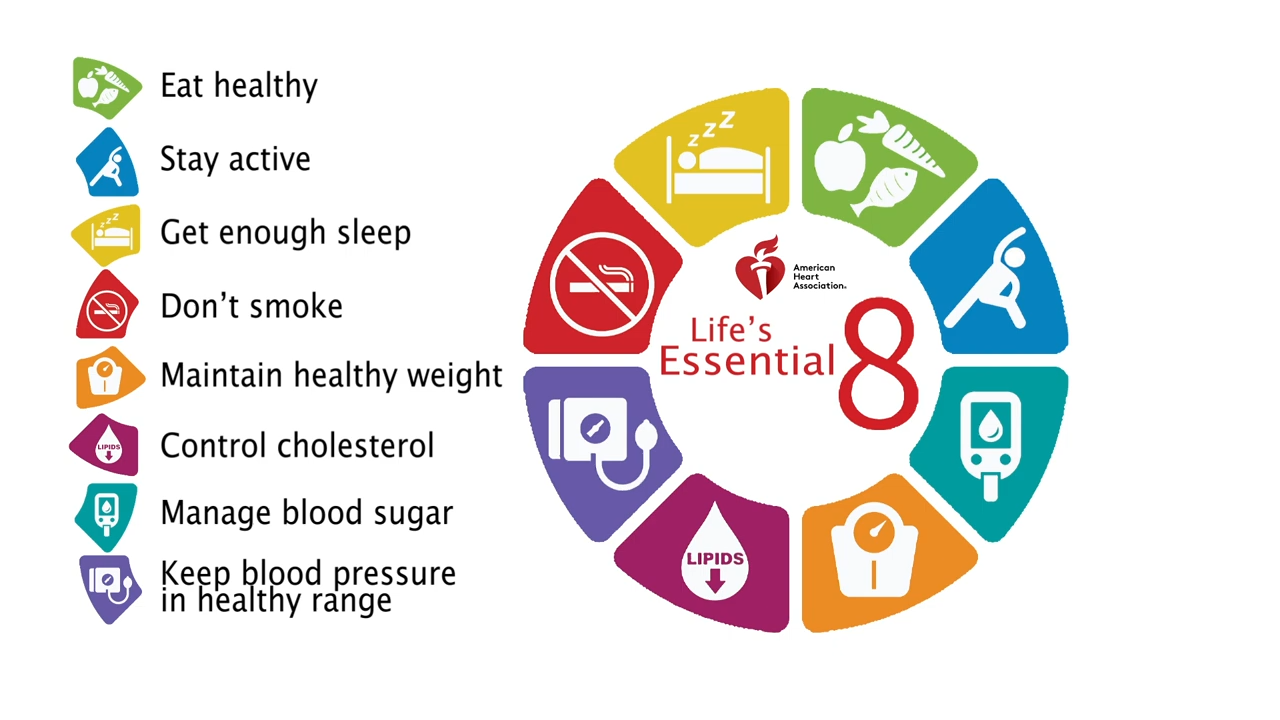ORLANDO, Fla. (Ivanhoe Newswire) — Right now, 5.7 million Americans are living with Alzheimer’s disease. That number is expected to exceed 14 million by 2050. While there’s no cure for this common brain disease, scientists may now be able to classify it better.
Every 65 seconds, someone in the United States develops Alzheimer’s.
“And once it begins, it’s something that unfortunately we can’t stop,” said Matt Grilli, PhD, Director Human Memory Lab at University of Arizona.
But scientists are starting to get a clearer picture of it. In a new study, researchers looked at more than 4,000 patients with late-onset Alzheimer’s. They placed them in six different groups based on the results of cognitive functioning testing and found significant distinctions in each. For instance, patients in the subgroups had differences in memory, language, and even their genes. This is exciting because it shows Alzheimer’s may not be a one-size-fits-all disease and it could provide a better way to detect or treat the disease down the road.
“We know that early diagnosis of this disease is really key for trying to treat the symptoms, for helping with providing resources to patients and their families,” Dr. Grilli continued.
Some early symptoms of Alzheimer’s include: memory loss, difficulty solving problems, changes in mood, and sometimes, vision problems. Recognizing the signs could get you or a family member the help you need, sooner.
The new study on classifying Alzheimer’s included 19 researchers from several institutions. It took more than two years for them just to standardize the neuropsychological test scores across the studies to detect meaningful patterns.
Contributors to this news report include: Julie Marks, Field Producer; Roque Correa, Editor and Videographer.
Free weekly e-mail on Medical Breakthroughs from Ivanhoe. To sign up: http://www.ivanhoe.com/ftk
CLASSIFYING ALZHEIMER’S
REPORT #2611
BACKGROUND: Every 65 seconds, someone in America develops Alzheimer’s. It is estimated that nearly 500,000 new cases of the disease will be diagnosed this year. Alzheimer’s disease is an irreversible degeneration of the brain that causes disruptions in memory, cognition, personality, and other functions that eventually lead to death from complete brain failure. Alzheimer’s is the 6th leading cause of death in the United States. One in 10 Americans over the age of 65 has Alzheimer’s. There has been an 89% increase in deaths due to Alzheimer’s between 2000 and 2014. More than 5 million Americans are living with Alzheimer’s and by 2050, it’s estimated there will be as many as 16 million Americans living with the disease. When the first wave of baby boomers reaches age 85 (in 2031), it is projected that more than 3 million people age 85 and older will have Alzheimer’s. One-third of Americans over age 85 are afflicted with the illness and the typical life expectancy after an Alzheimer’s diagnosis is 4 to 8 years. By 2050, there could be as many as 7 million people age 85 and older with Alzheimer’s disease, accounting for half (51%) of all people 65 and older with Alzheimer’s.
(Source: https://www.alzheimers.net/resources/alzheimers-statistics/)
ALZHEIMER’S – NOT ONE DISEASE: Researchers studying Alzheimer’s have created an approach to classify patients with the disease, a finding that may open the door for personalized treatments. “Alzheimer’s, like breast cancer, is not one disease,” said lead author Shubhabrata Mukherjee, research assistant professor in general internal medicine at the University of Washington School of Medicine. “I think a good drug might fail in a clinical trial because not all the subjects have the same kind of Alzheimer’s.” This study involves 19 researchers from several institutions, including Boston University School of Medicine, the VA Puget Sound Health Care System and Indiana University School of Medicine. The researchers put 4,050 people with late-onset Alzheimer’s disease into six groups based on their cognitive functioning at the time of diagnosis and then used genetic data to find biological differences across these groups. “The implications are exciting,” said corresponding author Paul Crane, professor of general internal medicine at the University of Washington School of Medicine. “We have found substantial biological differences among cognitively defined subgroups of Alzheimer’s patients.” Identification of cognitive subgroups related to genetic differences is an important step toward developing a precision medicine approach for Alzheimer’s disease.
(Source: https://www.analytica-world.com/en/news/159390/classifying-alzheimer-s-patients-in-6-subgroups.html)
ONGOING RESEARCH: Researchers have found a new way to target the toxic particles that destroy healthy brain cells. Academics at the University of Cambridge and at Lund University in Sweden have devised the first strategy to ‘go after’ the cause of the devastating disease, leading to hope that new drugs could be developed to treat dementia. Professor Michele Vendruscolo, one of the scientists who led the research said, “This is the first time that a systematic method to go after the pathogens, the cause of Alzheimer’s disease, has been proposed. Until very recently scientists couldn’t agree on what the cause was so we didn’t have a target. As the pathogens have now been identified as small clumps of proteins known as oligomers, we have been able to develop a strategy to aim drugs at these toxic particles.” Scientists identified abnormal deposits called protein oligomers as the most likely suspects of the cause of dementia. The team believes their first drug candidates could reach clinical trials in around two years.
(Source: https://medicalxpress.com/news/2018-09-scientists-reveal-ground-breaking-alzheimer-disease.html)
* For More Information, Contact:
Matt Grilli, PhD



